How Todd McFarlane's Spider-Man #1 changed comics culture and launched the '90s
Spider-Man #1 from Todd McFarlane is still iconic 32 years later, and its modern legacy couldn't be greater
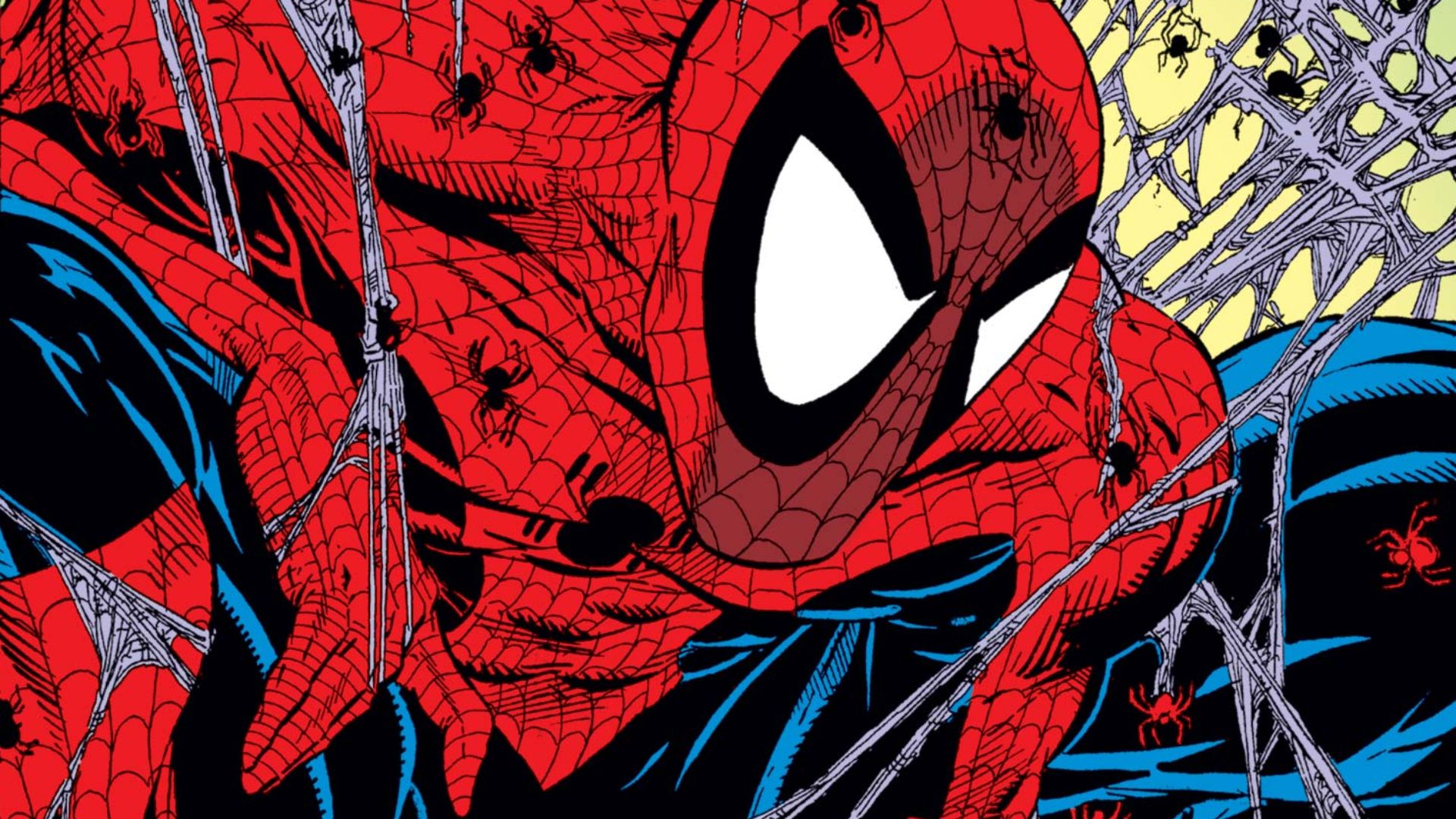
Todd McFarlane's legendary 1990 Spider-Man #1 cover lives in the memories (and still the long boxes) of multiple generations of readers and creators as one of the most eye-catching covers in comic book history. Marvel Comics thought so too, giving it no less than 13 variants including all of its reprint editions during its day.
The cover is so iconic in fact, that a variant cover for December's Batman #118 that paid homage to the classic image went sales gangbusters - even spawning (sorry) silver and gold foil variants of its own, similar to the metallic variants of McFarlane's original Spider-Man #1 cover.
But the lasting influence of Spider-Man #1 doesn't stop at the cover imagery. In fact, the issue and the impact it had might be the defining comic book of the entire '90s.
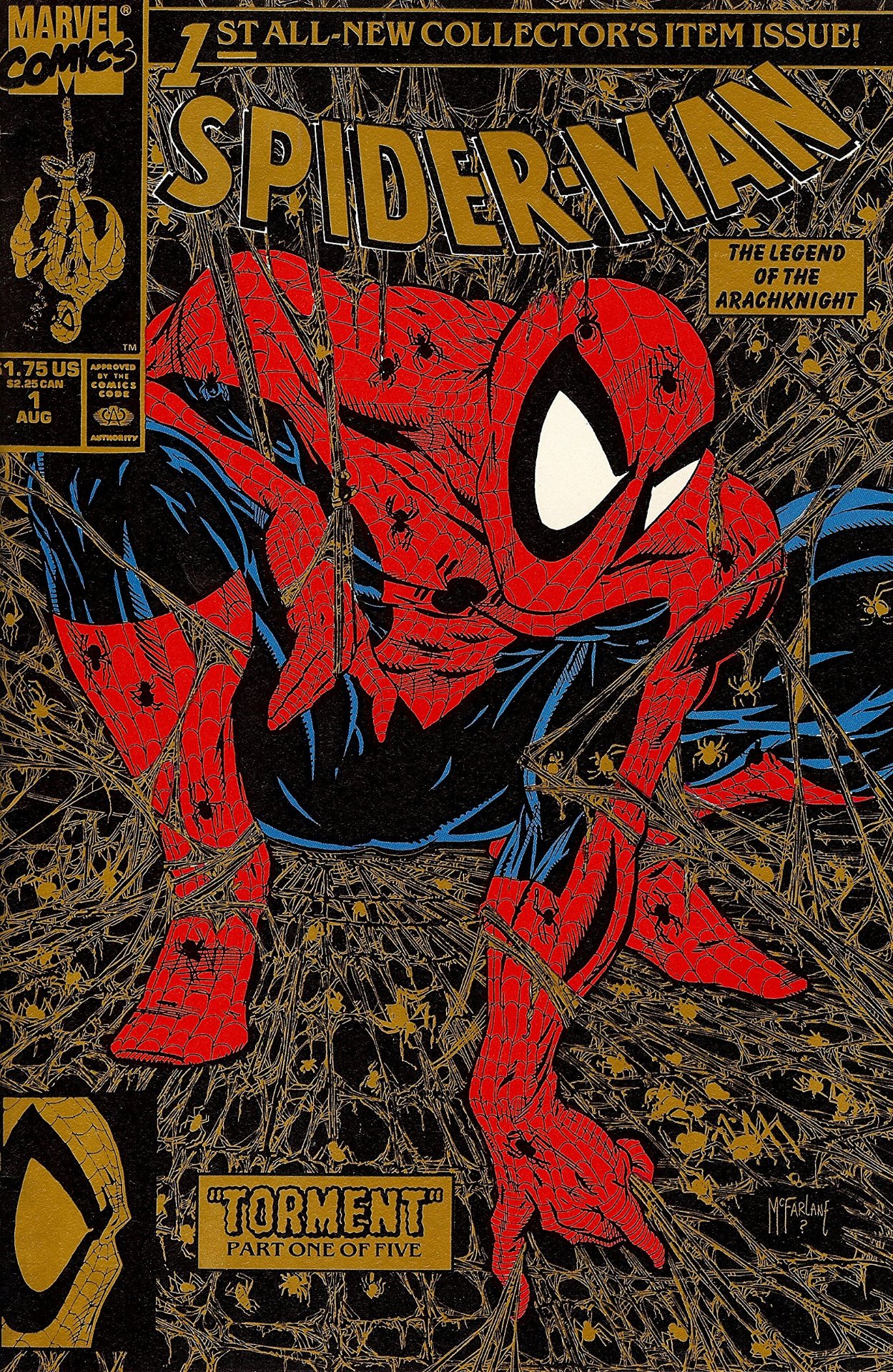
Some fans may think of the X-Men as Marvel's (and perhaps all of comics') most iconic '90s franchise. And that is hard to argue in a macro sense, considering the mutant team's ballooning popularity through the decade and the dozens of X-Men spin-offs and adaptations that dominated superhero culture.
However, boiling it down to just a single issue, there's a strong case to be made that Spider-Man #1 from writer/artist Todd McFarlane set the tone for comics' wildest, most extreme decade right at the start of the '90s - including setting the stage for the rise of the comic book speculation boom, redefining the role of artists in comics, and even directly leading to the founding of Image Comics.
How does one comic book accomplish all that?
Well, launching with sales figures of around 2.5 million copies (according to industry trackers Comichron) doesn't hurt. Nor does putting arguably Marvel's most popular hero in a fresh new title written and drawn by arguably the most popular Marvel artist of the era (and one of the most popular comic artists ever, at this point). And it's safe to say that kicking off the title with numerous variant covers probably made an impact.
Comic deals, prizes and latest news
Get the best comic news, insights, opinions, analysis and more!
Still, the real power of McFarlane's Spider-Man #1 - and why the imagery and style of McFarlane's Spider-Man still resonate - goes beyond the numbers, and even beyond what's on the page in the issue. It's all about the energy and excitement that Spider-Man #1 brought to the comic book community and the sense of renewed and refreshed possibilities in the Marvel Universe that came with it.
Not to mention the fact that, at the end of the day, Spider-Man #1 really lived up to the hype.
All of that makes Spider-Man #1 more than just a massive success - it's the single comic book most responsible for the comic culture of the '90s. And we'll explain why right now.
Comic industry go boom
Spider-Man #1's most obvious effect on the comic book industry of its day can be seen in its sales numbers - but what those numbers meant not just for Marvel Comics' bottom line, but for the progression of comic books into larger and larger print runs and sales figures for major releases takes a little more context to understand.
In the early days of the comic book industry, it was not unheard of for comics to reach circulation and sales numbers into the millions. For one thing, they were cheap, even for the '30s and '40s when comics became a popular medium. And for another, TV wasn't around yet. So for kids comparing nickels in the early 20th century, a comic book you could hold onto and pass around was often a more lucrative proposition than spending their coin on a movie serial that would fade into memory as soon as the theater lights went up.
That changed in the '50s when comics underwent a period of intense cultural scrutiny that had some strange effects on the content they displayed (like forcing Marvel Comics to turn vampires into dinosaurs to evade censors), but which also plummeted sales of comic books to lower and lower numbers over the intervening decades.
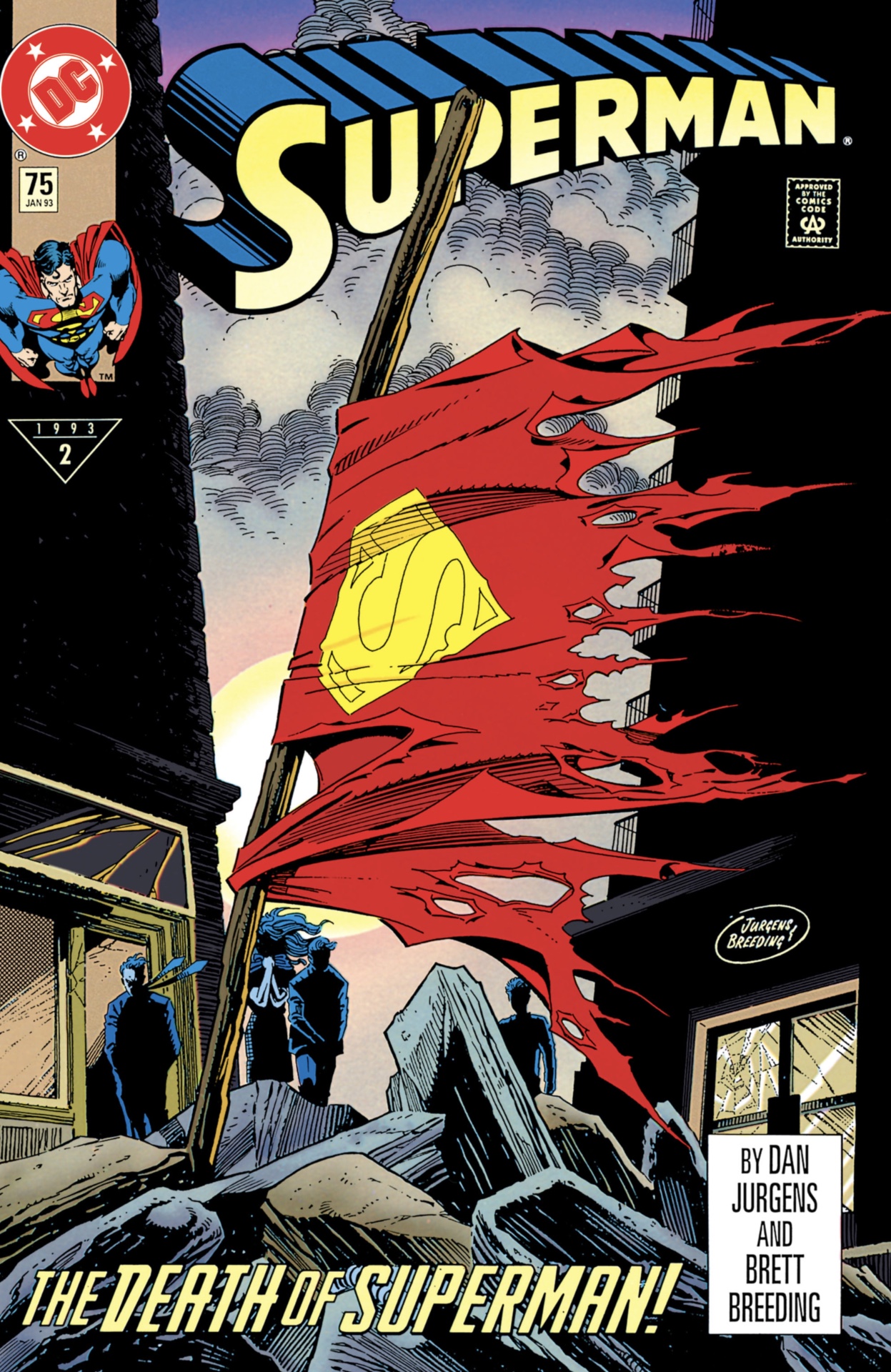
The pendulum swung back again in the '90s, in the so-called 'speculation boom' that many retailers and fans still cite with thousand-league-stares in their eyes and long boxes full of unsold copies of 'The Death of Superman' in their storage units (Superman #75, the issue in which Superman actually dies, reportedly reached sales of $30 million in a single day).
Long story short, folks outside of regular comic book readers discovered that, in some cases, key comic book issues (such as those that debuted popular characters or titles) could be worth significant amounts of money on the secondary market, leading to some fans buying dozens of copies of a single issue in the hopes of someday capitalizing on their monetary value.
This realization occurred right around the same time Marvel was hyping up Spider-Man #1 - a brand new title from their flagship character written and drawn by Todd McFarlane, the publisher's biggest rising star of the day. Keen to grab the rising bull market by the horns, Marvel did the rare move (for the time - it's since become standard, thanks largely to Spider-Man #1) of printing multiple versions of the issue with the same interior contents but with variant covers.
Spider-Man, Spider-Man, a dozen covers for Spider-Man
From variant versions that were just the regular cover packaged in sealed polybags to be preserved as "Collector's Items" which both the bags and cover made sure to let fans know they had in their hands with excited proclamations; to versions that simply dropped or altered some of the cover indicia; to metallic versions in gold, silver, and eventually chromium, Marvel printed thirteen variant covers for Spider-Man #1 between the initial printing and its Direct Market reprints.
The result was a fan response that directly matched Marvel's advertising hype, with beloved Los Angeles retailer Golden Apple Comics selling out of its 3,000 copies of Spider-Man #1 in 36 hours thanks to a highly publicized 'Midnight Madness' event which attracted hundreds of fans and even news crews from the area - a high-profile example of the kind of nearly-universal blockbuster success Spider-Man #1 enjoyed.
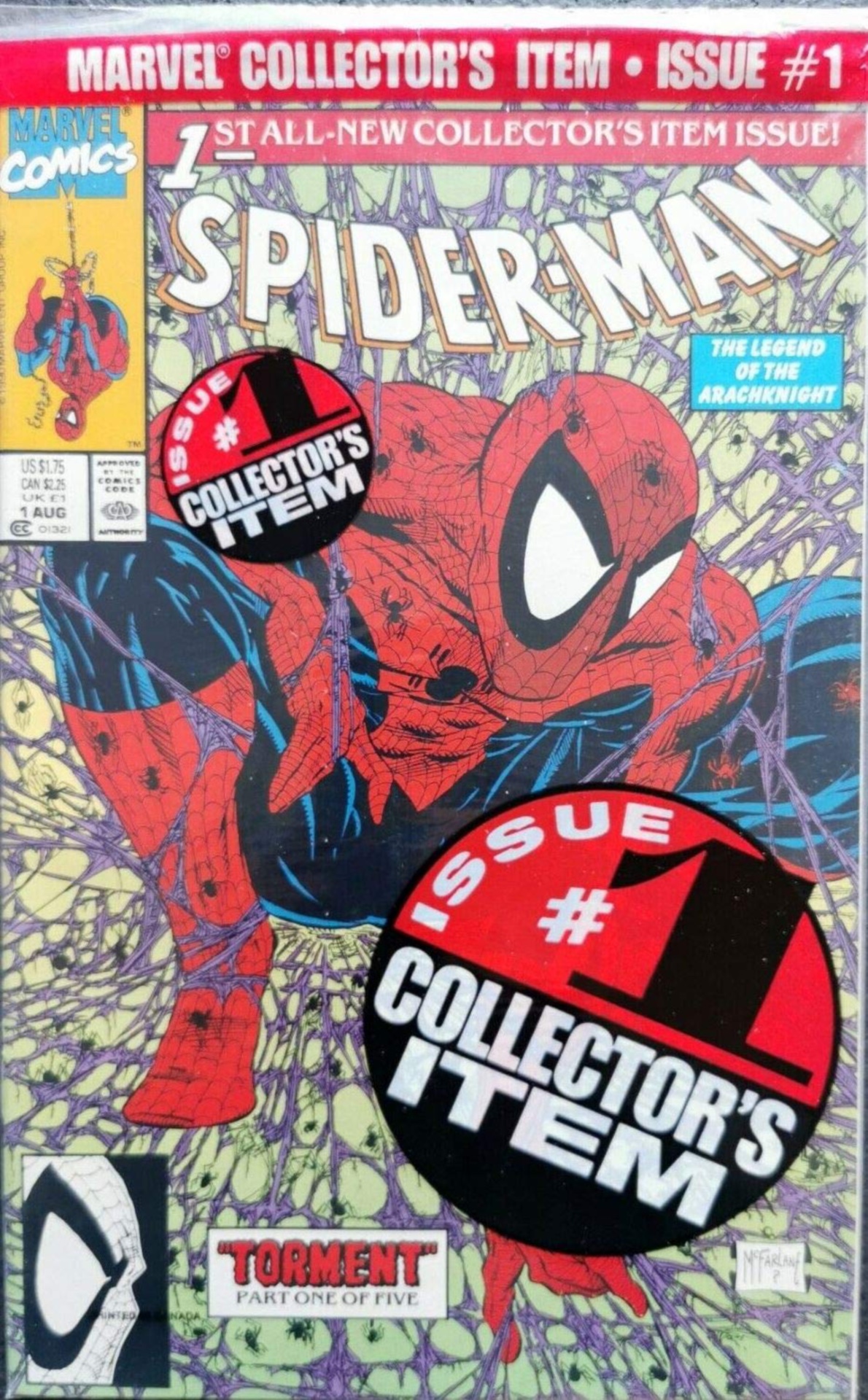
Not only did Spider-Man #1 wind up selling around 2.5 million copies (a massive feat both then and now), but it led to a new, shifting culture of comic book collecting in which the resale value of a given comic was as important to some fans as the actual contents of the issues were to others, and in which some fans bought numerous copies of individual issues that were perceived to be likely to appreciate in value.
(Someone should've explained supply and demand - the bubble burst because when everyone is buying and meticulously preserving a million copies of a comic book, there is no rarity to drive up the value to the level of less well-preserved comic books from earlier eras).
Just a year later in 1991, X-Men #1 followed Spider-Man's trend by launching a new core title for the franchise with superstar artist Jim Lee in tow, with five interlocking variant covers to boot - resulting in sales numbers which Comichron estimates at 8,186,500 copies of X-Men #1 sold, still the highest selling comic book ever.
[And interestingly, McFarlane himself just paid homage to Lee's X-Men #1 cover for the third issue of the new Spawn team book Scorched. ]
On the wave of Spider-Man #1's success, Todd McFarlane became the reigning king of comic books throughout the early and mid-'90s (and some would say to this day). And it's that individual success for McFarlane, alongside his Spider-Man title, that would lead to the next evolution for comic books in the '90s and beyond.
Created in McFarlane's image
McFarlane's success with Spider-Man skyrocketed not just sales of comic books even outside of Marvel, but led to an increase in the profile and fan regard for specific artists as the driving creative forces of comic books, even more than the writers in some cases.
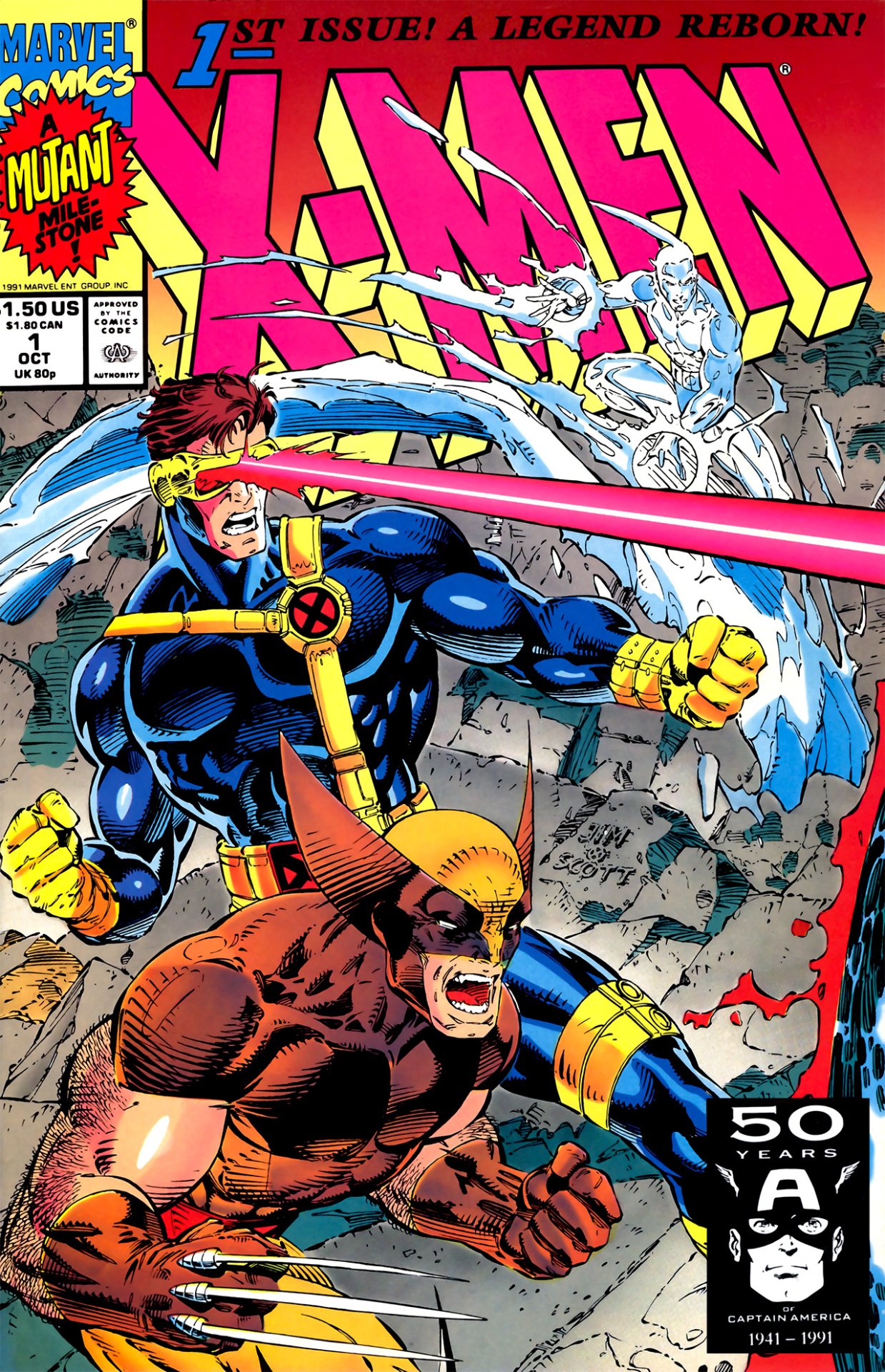
Jim Lee taking the lead in both the marketing and the creative legacy of 1991's X-Men #1 over writer Chris Claremont is a good example of how the perception of the role of artists changed - with X-Men becoming perhaps the most artistically driven, tone-setting franchise of the day.
Alongside McFarlane and Lee, artists such as Erik Larsen, who rose to prominence as the artist of Spidey's other flagship title Amazing Spider-Man alongside McFarlane's adjectiveless title; Marc Silvestri and Whilce Portacio, two fan-favorite X-Men artists of the late '80s and early '90s; Guardians of the Galaxy artist Jim Valentino; and of course X-Force co-creator Rob Liefeld; all gained rising stardom, bigger industry influence, and even the kind of mainstream media attention usually reserved for musicians and actors.
But what they didn't feel they were receiving alongside their critical accolades and fan attention was a fair portion of the profits from the work they created. After all, Todd McFarlane may have written and drawn 1990's Spider-Man #1, but he's not Spider-Man's creator.
Reasoning that, by this point in the early '90s, it wasn't even Spider-Man's name that was selling the title, but McFarlane's own, McFarlane led his fellow Marvel artists in a move that would lead to the biggest change in the industry overall to that point, which has impacted comic book culture to this day for creators and fans alike.
Whether you were there or not, you probably realize we're talking about the founding of Image Comics, in which McFarlane, Lee, Larsen, Silvestri, Portacio, Valentino, and Liefeld all quit Marvel Comics to create their own comic book publisher, where they and other creators could retain ownership of their work and creations to more directly reap the profits of their popularity.
What resulted was the founding of the first major third-party publisher to challenge Marvel and DC's reign over the industry in years - and which continues to rank as the 'best of the rest' when it comes to third-party publishers to this day.
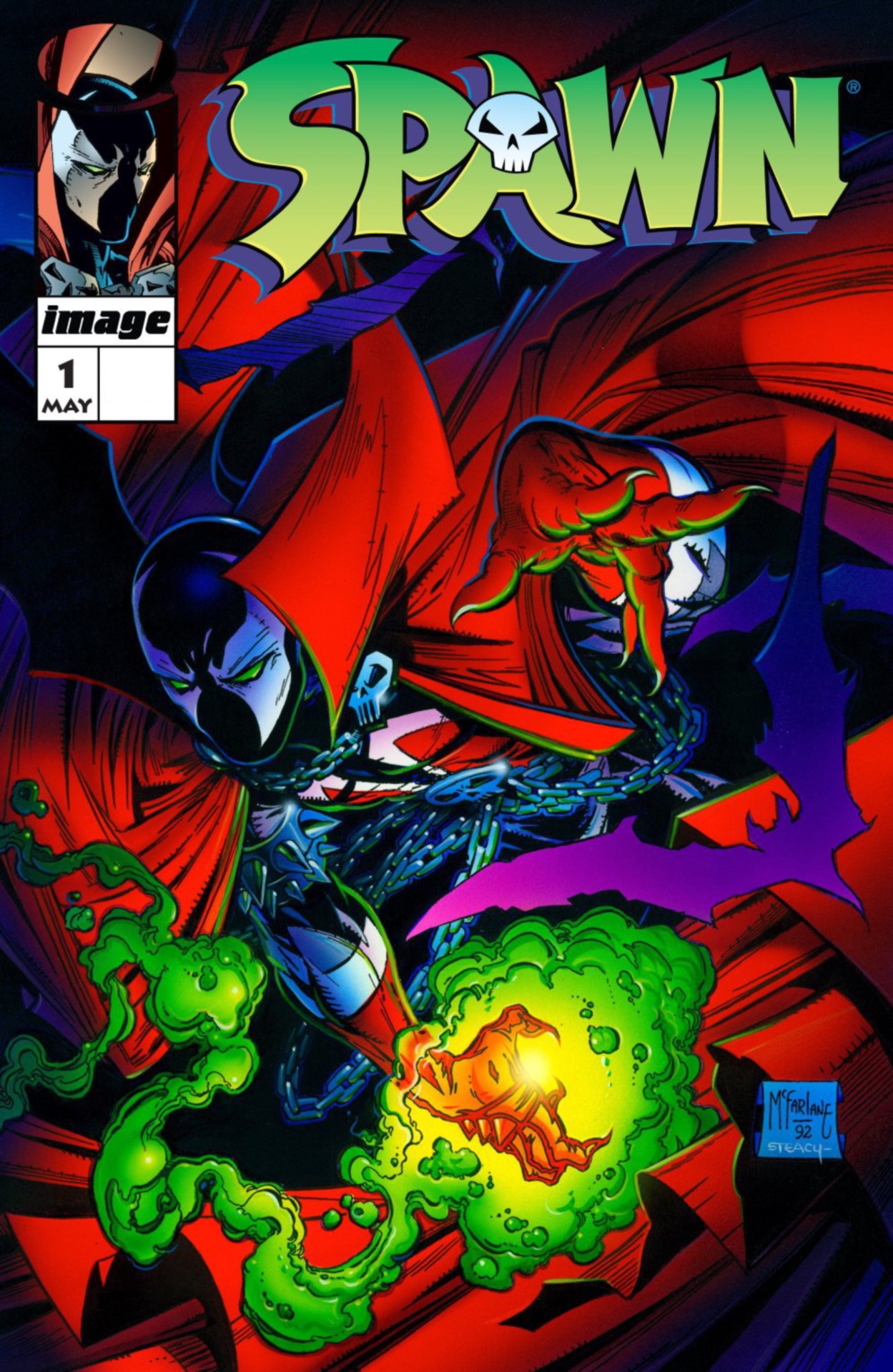
Led by McFarlane's own Spawn #1, which sold an estimated 1.7 million copies, a tremendous accomplishment for a third party publisher then or now, Image Comics quickly boomed into big sales, big names, and big controversies thanks to the skill (and in some cases temperament) of the talent involved. This in turn led to a rise in independent and creator-owned comic books, both large and small, and helped the rising tide of indie publishers gain a solid foothold as an overall industry presence.
So when you look back at the comic book culture and industry of the '90s (or learn about it for the first time), it should be through the oversized, exaggerated lenses of Todd McFarlane's Spider-Man - the character and title that changed the comic book industry, and established practices for fans, creators, and publishers alike that continue to this day.
Todd McFarlane's Spider-Man #1 was released over 30 years ago, but there are still new Spidey stories coming out every week. Stay on top of everything that's coming for the Wall-Crawler with our listing of all the new Spider-Man comics planned for 2022.
I've been Newsarama's resident Marvel Comics expert and general comic book historian since 2011. I've also been the on-site reporter at most major comic conventions such as Comic-Con International: San Diego, New York Comic Con, and C2E2. Outside of comic journalism, I am the artist of many weird pictures, and the guitarist of many heavy riffs. (They/Them)



